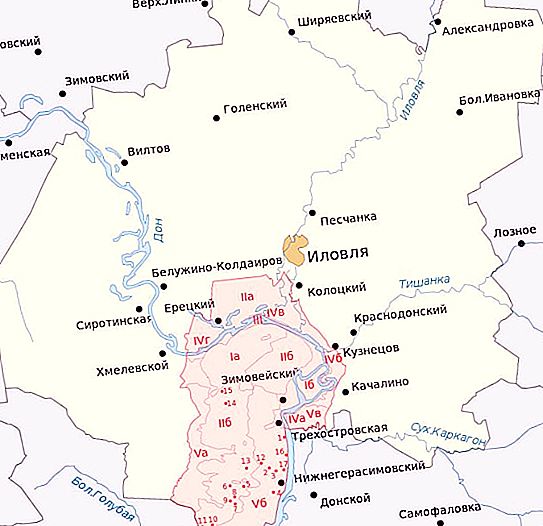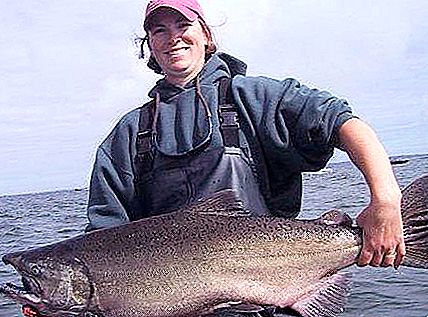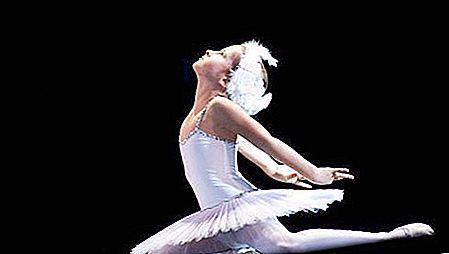In total, within Russia there are about 10 thousand specially protected objects - biosphere reserves, natural and national parks, nature reserves, etc. And each of them is beautiful and unique in its own way. Donskoy Natural Park is located in the southern part of the country. In this article we will talk about its relief, flora, fauna, as well as the most interesting sights.
Preserved Russia: Donskoy Natural Park
On a relatively small area of 619 square kilometers, a huge number of interesting natural, historical and cultural objects are concentrated. Among them are picturesque chalk cliffs, deep ravines, reaches and islets of the Don, barrows and ancient sanctuaries.
The Donskoy natural park is located in the Volgograd region, on both banks of the Don. Nearest large settlement: town. Ilovlya. To find this natural park on the map, you must first find the so-called "small bend of the Don", which is closest to the Volga river valley.
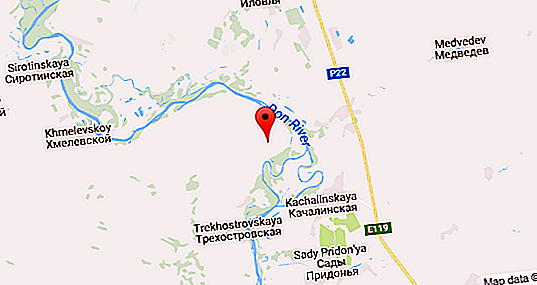
The northern boundary of the park lies along the riverbed sands of the Don, north of the river itself, and the western boundary along the thalweg of the Sukhoi beam. In the east, its border runs along the foot of the river terraces of the left bank of the Don.
Donskoy Natural Park is located about 80 kilometers from the city of Volgograd. You can get here by train (to the Kachalino station). If you travel by your own car, drive from Volgograd towards the village of Ilovlya on the R-22 highway. After passing Samofalovka, turn left onto Kachalino and follow the asphalt road to the Don. You can cross to the opposite bank of the river with the help of the ferry crossing "Trekhostrovskaya".
Description
Donskoy Natural Park "near the village of Ilovlya was created relatively recently - in 2001. The main goal of its creation was to protect the near-river ecosystems of the lower reaches of the Don, as well as unique chalk mountains in the river valley. The territory of the park, located at the junction of two natural zones, combines diverse and fairly contrasting landscapes. This, in fact, is interesting to her.
Donskoy Natural Park consists of several functional areas (see map below):
- reserved (marked on the map as I (a and b));
- specially protected (II (a, b, c));
- educational tourism zone (III);
- recreational (IV (a, b, c, d));
- agricultural (V (a, b, c));
- administrative and residential, including nearby settlements - Zimoveysky and Nizhnegerasimovsky farms, the village of Trekhostrovskaya.
Tourists reviews
Tourists who visited the Donskoy park leave only positive reviews about it. These places are called wonderful, amazing, and the local landscapes - majestic and large-scale. It is most beautiful here in spring and autumn, when the pictures of nature fascinate visitors with their most incredible colors.
Relief, climate and hydrography of the park
The relief of the park in its appearance is very close to the mountain. The absolute heights of the territory vary widely (from 36 to 252 meters above sea level). The relief stands out: the Venets plateau, Mount Kobylia Golova, Trapezia cliff, Romanian Mountain.
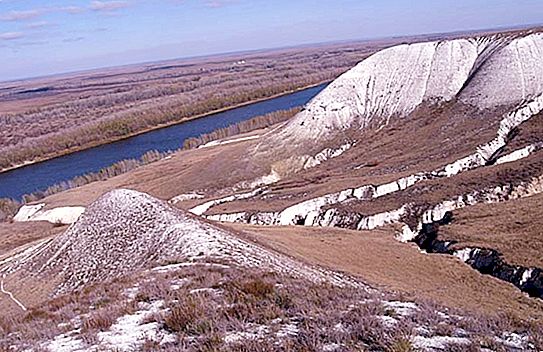
The climate of this territory is sharply continental and quite arid. In the summer months, air temperature often rises to +36 degrees. The average annual rainfall does not exceed 350 mm. The hydrography of the park is represented by the Don and its tributaries (Ilovlya, Tishanka). A significant number of small lakes (Rubezhnoye, Ilmen, Gryaznoye, etc.), ponds, river old ladies, backwaters and mineral springs are also concentrated here.
Flora and fauna of the park
The Donskoy Nature Park is distinguished by its rich flora and fauna. There are at least 900 species of plants, over 700 species of mushrooms, about 650 species of various animals (including fish and insects) live there. Among them are rare representatives of the fauna (desman, strep, bustard, eagle owl, steppe eagle and others).
The vegetation of the park is mainly meadow-steppe, with an admixture of feather grass and wormwood-grass groups. The forest fund is presented in the form of oak forests (on the plateau of Venza), bayrach and floodplain forests, as well as artificial shelterbelts. The main representatives of the forest flora of the natural park are oak, ash, linden, poplar, apple tree and blackthorn.

